Matthew Arsenault
According to a 2017 Barnes & Noble article titled “How to Judge a Book by its Cover,” much of the literature in today’s book shops can indeed be judged by its cover. The article, written by Jeff Somers, identifies stereotypes and tropes in popular fiction covers to help readers deduce the genre of any certain book. Upon reading this article, I wanted to see if these modern guidelines would hold up against older book covers from, say, 100 years ago.
But I didn’t want to investigate the greatest literary works of times past – the covers of these have been analyzed to shreds by much better scholars than I. No, I wanted to look at covers of old genre fiction that lay shrouded in obscurity – the kind of books that can’t be found in the public or university library. Moreover, I wanted to go into these judgements completely blind, so searching for “weird old books” on the internet was out of the question. Thus, I went to the one place that I knew would harbor the most obscure books from decades past: my grandparents’ attic.
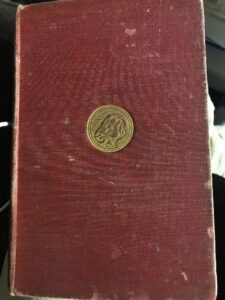
Figure 1: Rudyard Kipling, Stalky & Co., 1899. All images (c) Matthew Arsenault.
Lo and behold, in a box caked in dust and labelled “old books” lay the subject of my enquiry. After a thorough inspection for spiders, I cracked the box open and wiped the grime off the book spines. With my Barnes & Noble guide in hand, I set to work.
The first book cover to catch my eye was that of a book called “Stalky & Co.” Inside of a golden circle set against a red background, an elephant holds a flower with its trunk. Based on this small bit of information, I formulated my own story: Stalky, an innocent and naïve young elephant, becomes infatuated with another elephant only to have her disappear on mysterious circumstances. Stalky and his friend group (the “Co.”) embark on a quest to find the new love of Stalky’s life. Although the Barnes & Noble guide states that a shirtless man is the indicator of romance, I figured that an elephant-based fiction wouldn’t exactly be a “steamy slab of beefcake-lovin’” literature (Somers). I therefore pinned “Stalky & Co.” as a fantasy/romance novel.

Figure 2: Surprise swastika?
Satisfied with my guess, I was about to crack open the book to confirm my suspicions when I noticed a small detail on the book cover that I had missed. Next to the elephant’s head is a subtle but unmistakable emblem: the swastika. Not only did this make me genuinely concerned that my family was harboring elephant Nazi propaganda, but more importantly, it made this book cover even harder to decipher. There is no “Nazi elephant” section in the Barnes & Noble guide; I was on my own here. I decided that the elephant and his flower must be a metaphor for something – a strong and noble creature, capable of mass destruction, whose bloodlust is tamed by love. My new guess was that this book is the gritty story of Stalky, a German war hero motivated only by the thought of his beloved wife on the home front.
Both of my guesses were completely off the mark. “Stalky & Co.” is simply a collection of 9 short stories centered around Stalky, an unpatriotic adolescent, and his friends. In these stories, they encounter no elephants or German war heroes, but rather various moral lessons on the importance of authority figures and a love for one’s country. The use of the swastika in this book, which was published in 1899, is not explained at all in the text. At this time, however, it was still broadly recognized as a Hindu symbol of good luck, which is what Kipling intended it to represent – he later dropped the use of the swastika once it became associated with the Nazi cause (Matin 462). So far, the Barnes & Noble guide had done me no favors, leaving my score at 0/1.
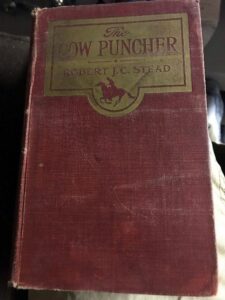
Figure 3: Robert J.C. Stead, The Cow Puncher, 1918
The next book to catch my eye was “The Cow Puncher,” for obvious reasons. The title and author are printed clearly in large font, framed by a dull bronze, set against the same shade of red as “Stalky & Co.” A small drawing of a man riding his horse is under the author’s name. According to my trusty guide, a silhouette of a faceless man is a hard indicator of an action-packed work of fiction (Somers). According to my common sense, cowboy = western. The difficult part, however, was interpreting the title. I decided that the novel was most likely to be the story of a rugged outlaw who, to support his family, entered the dangerous world of underground cow boxing.
Unfortunately, “The Cow Puncher” is not as exciting as the title or the cover guide would suggest; apparently, “cow punching” is a slang term for cow herding. The book is indeed a western, but it chronicles the life of cowboy Dave Engel as he grows up on a ranch, falls in love, almost shoots the antagonist in the head (twice), and almost goes to war. It is more of a pastoral western than a gun-slinging one, with a heavy focus on dialogue rather than action. Still, I was right about the time period and setting, so I gave myself partial marks for this one, making my score 0.5/2.
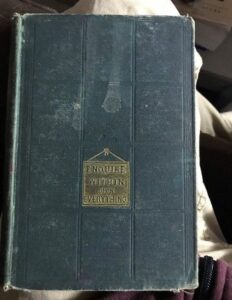
Figure 4: Moyra Bremner, Enquire Within Upon Everything, 1856
The next book I chose is titled “Enquire Within Upon Everything.” The title alone is drawn as a sign hanging upon a green rectangular-grid backdrop, indicating that the book cover itself is meant to be a door. The Barnes & Noble guide states that a cover that contains only text takes itself quite seriously (Somers). Based on this, I assumed that the title is literal: this must have been an encyclopedia of some sort.
Upon opening the book, I realized that the title is far more literal than I thought it to be: this book contains instructions on how to do just about anything you could think of. Over 2550 separate entries span the 400 pages of this book, ranging from almond icing recipes to remedies for victims of drowning. The efficacy of the instructions is questionable – in a particularly strange entry titled “Deafness, remedy for,” the book instructs the reader to take “three drops of sheep’s gall, warm, and drop it into the ear on going to bed,” noting at the end that “the above entry has been frequently tried with perfect success” (Bremner 305). Although “Enquire Within Upon Everything” is far more extensive than I had judged it to be, the advice from the Barnes & Noble guide held true, leaving my score at a respectable 1.5/3.
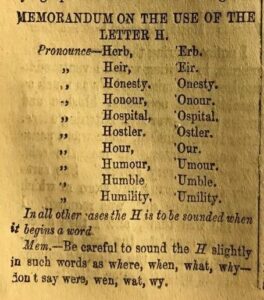
Figure 5: “Memorandum on the Use of the Letter H.”
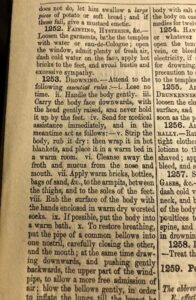
Figure 6: A remedy for drowning
With a success rate of 50%, I can confidently say that the common book-judging guidelines of today are somewhat useful in judging older book covers. However, you might want to use caution when judging such covers for yourself – you never know when a swastika might catch you by surprise.
Works cited
Bremner, Moyra. Enquire Within Upon Everything. Houlston and Sons, 1856.
Matin, Michael A. “’The Hun is at the Gate!’: Historicizing Kipling’s Militaristic Rhetoric, from the Imperial Periphery to the National Center: Part Two: The French, Russian, and German Threats to Great Britain,” Studies in the Novel, vol. 31, no. 4, 1999. pp. 432-470.
Rudyard, Kipling. Stalky & Co. Macmillan and Co, 1899.
Stead, Robert J.C. The Cow Puncher. The Musson Book Company, 1918.
Somers, Jeff. “How to Judge a Book by its Cover.” Barnes & Noble Reads, Barnes & Noble, 12 December 2017, www.barnesandnoble.com/blog/judge-book-cover/. Accessed 10 January 2019.